Stadium Seating
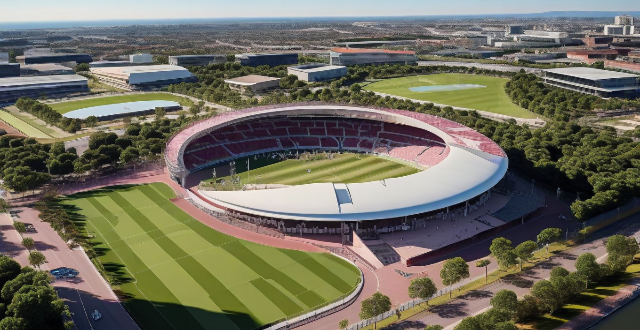
How can a sports stadium be designed to enhance fan engagement and experience ?
Designing a sports stadium to enhance fan engagement and experience requires careful consideration of various factors. These include seating arrangements, technology integration, amenities, and more. Key strategies for designing an engaging stadium involve creating premium seating options near the field, ensuring good viewing angles, providing comfortable seating, offering strong Wi-Fi connectivity, developing mobile apps, installing large screen displays, integrating interactive features, offering a variety of food and beverage options, ensuring ample restroom facilities, creating merchandise stores, designating family-friendly areas, using music and lighting effects to create an energetic atmosphere, encouraging fan interaction through contests and giveaways, and planning themed events around holidays or special occasions. By prioritizing these factors, you can ensure that your sports stadium becomes a destination for sports enthusiasts seeking an exceptional experience.
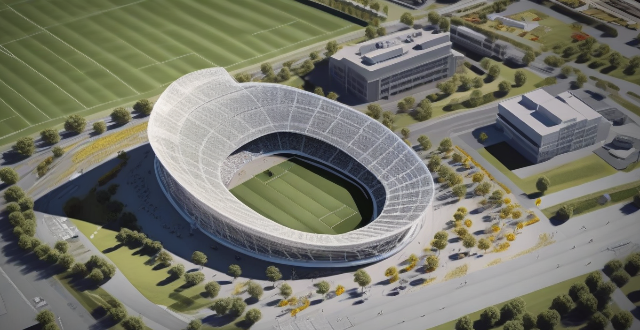
What are some innovative features that can be included in modern sports stadium design ?
Innovative features in modern sports stadium design include sustainable construction, advanced technology, enhanced fan experience, safety and security measures, flexible design, and environmentally conscious facilities. These features aim to improve the fan experience, increase sustainability, and ensure the safety of attendees.

How does the type of sport influence the design of a sports stadium ?
The type of sport played in a stadium significantly influences its design, with each sport having unique requirements and considerations. The size and layout of the stadium must accommodate the specific dimensions needed for the sport, such as a larger soccer field compared to a basketball court. The seating capacity is also influenced by the popularity of the sport, with larger stadiums often required for sports with large fan bases. Facilities and amenities within the stadium are tailored to the sport, including specialized equipment or technology like scoreboards for sports that require them. Acoustics play a role in some sports, with quiet environments necessary for tennis matches and louder environments for football games. Safety and security measures are also tailored to the sport, with additional padding or barriers needed for contact sports and extra security measures for sports that attract rowdy fans. In conclusion, the design of a sports stadium is heavily influenced by the type of sport being played, requiring unique considerations for each sport's needs in terms of size, layout, facilities, acoustics, and safety.
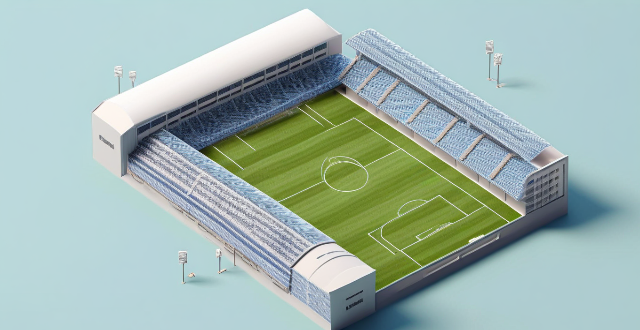
What role does technology play in the design of a sports stadium ?
Technology has revolutionized the design of sports stadiums, enhancing fan experience with interactive displays, mobile apps, and augmented reality. It also improves functionality and safety through advanced lighting systems, security cameras, and smart building management systems. As technology evolves, we can expect more innovative solutions that will further transform the way we enjoy sports events.
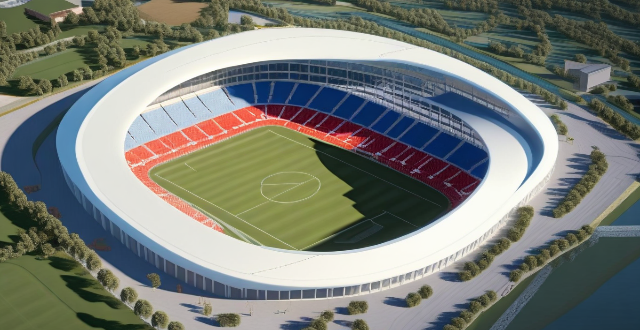
What are the key factors to consider when designing a sports stadium ?
When designing a sports stadium, several key factors must be considered to ensure its success and functionality. These include location and accessibility, capacity and seating arrangement, facilities and amenities, technology and infrastructure, and environmental sustainability. The stadium should be easily accessible by public transportation and have adequate parking spaces. It should also have clear pedestrian access points and designated areas for disabled spectators. The size of the stadium should match the expected number of spectators, and the seating layout should provide good sightlines and comfortable viewing angles. Concessions, restrooms, first aid stations, and security measures should also be taken into account. Modern technology like scoreboards, Wi-Fi connectivity, and sound systems are essential for enhancing the fan experience. Finally, environmental sustainability features such as energy efficiency, water conservation, and waste management systems should be incorporated into the design to minimize the stadium's impact on the environment.

What is the importance of lighting in sports stadium design ?
Lighting plays a crucial role in the design of sports stadiums, ensuring safety and visibility for athletes and enhancing the overall experience for spectators. Proper lighting allows athletes to clearly see the playing field and make accurate judgments about distance, speed, and direction, leading to better performance. Well-designed lighting systems also minimize glare and reflections, reducing eye strain for spectators and providing an enjoyable viewing experience. Energy efficiency and cost savings are important considerations in sports stadium lighting design. LED lighting technology consumes less energy compared to traditional lighting sources and has a longer lifespan, reducing maintenance costs and frequency of replacement. Smart lighting systems can adjust brightness levels based on natural light availability and be controlled remotely, further reducing energy consumption. Lighting also plays a role in creating atmosphere and ambiance within sports stadiums. Different colors of lighting can evoke different emotions among spectators, creating a unique atmosphere for each event. Customized lighting schemes can be used to promote team colors or sponsor logos, enhancing brand recognition. Advanced lighting systems can create dynamic light shows during halftime or between events, adding excitement and entertainment value. Interactive lighting features can engage spectators and create a sense of community within the stadium. In conclusion, lighting is a vital aspect of sports stadium design that ensures safety and visibility, promotes energy efficiency and cost savings, and enhances the overall atmosphere and ambiance of the event. As technology continues to advance, it is essential for stadium designers to stay updated with the latest trends and innovations in lighting systems to provide the best possible experience for both athletes and spectators alike.
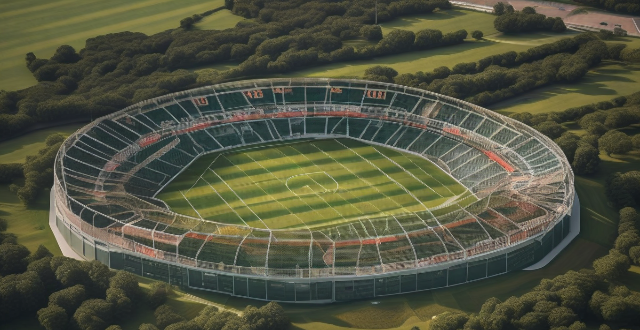
Where will the next Summer Olympics football tournament be held ?
The next Summer Olympics football tournament will take place in Tokyo, Japan from July 23 to August 8, 2021. The matches will be played at several stadiums across Japan, including Saitama Stadium, Sapporo Dome, International Stadium Yokohama, Nippon Gaishi Stadium, and Kashima Soccer Stadium. There will be 16 men's national teams and 12 women's national teams competing for gold medals in their respective categories. Due to the COVID-19 pandemic, there have been some changes to the schedule and format of the tournament, including limited spectators, staggered scheduling, and regular testing for all participants.
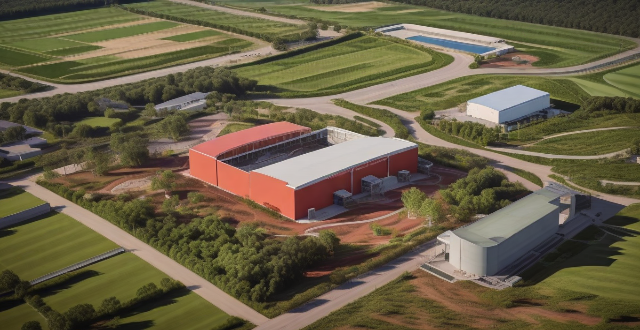
What is the connection between deforestation for stadium construction and increased greenhouse gas emissions ?
Deforestation for stadium construction leads to increased greenhouse gas emissions by reducing carbon sinks, disturbing soil, consuming energy during construction and operation, altering albedo, increasing transportation-related emissions, generating waste, affecting biodiversity, and changing water regulation. Mitigation strategies include sustainable design, using renewable energy, promoting public transportation, carbon offsetting, and effective waste management.

How do sports event organizers use technology to enhance the viewing experience for spectators ?
The text discusses the various technologies utilized by sports event organizers to enhance the viewing experience for spectators. These include: 1. **High-Definition Broadcasting**: Ensuring clear visuals and slow-motion replays for detailed analysis. 2. **Interactive Scoreboards**: Offering real-time updates and enhanced visual effects. 3. **Virtual Reality (VR) and Augmented Reality (AR)**: Providing immersive experiences and interactive features. 4. **Social Media Integration**: Enhancing fan engagement through live polling, surveys, and community interaction. 5. **Mobile Apps**: Simplifying ticketing processes and offering exclusive content. These technological advancements aim to make watching sports more enjoyable, engaging, and accessible for all fans.
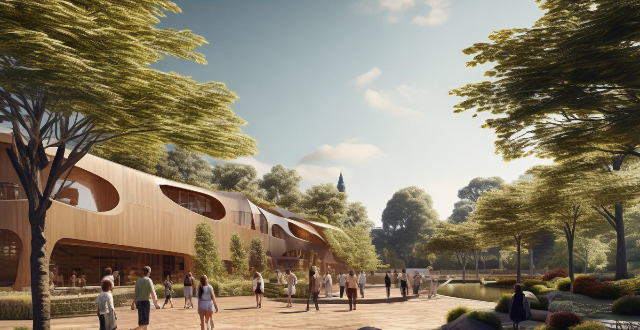
How do sports tourism and mega-events shape the urban landscape and infrastructure ?
Sports tourism and mega-events significantly impact the urban landscape and infrastructure, driving developments in sports facilities, public spaces, urban renewal projects, transportation systems, accommodation facilities, and utility services. These events also raise environmental concerns, prompting host cities to implement sustainable practices. Balancing these developments with environmental considerations is crucial for creating lasting legacies that benefit both current residents and future generations.
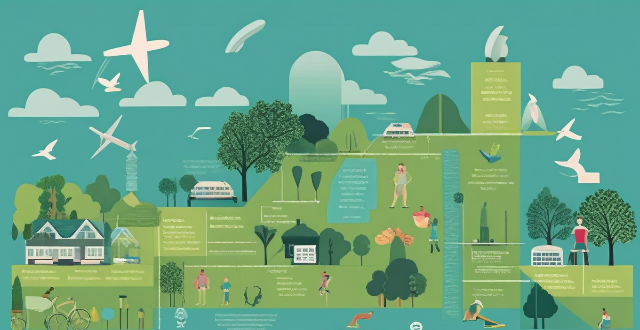
What are some examples of sustainable sports facilities ?
Sustainable sports facilities prioritize environmental responsibility, incorporating features like renewable energy sources and water conservation techniques. Examples include the Bird's Nest Stadium in Beijing, Emirates Stadium in London, Olympic Aquatics Centre in London, Mercedes-Benz Arena in Berlin, and Allianz Field in Minnesota. These facilities demonstrate how sustainability can be integrated into sports infrastructure to minimize environmental impact while providing high-quality experiences for athletes and spectators.
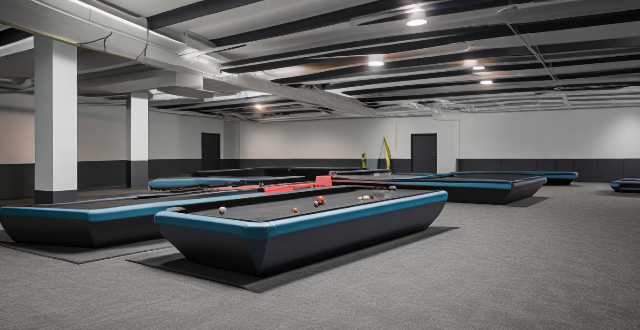
How does the size and capacity of a sports venue affect its design ?
The size and capacity of a sports venue significantly impact its design, affecting everything from seating arrangements and accessibility to safety measures and technology integration. By carefully considering these factors during the planning stages, designers can create venues that provide an enjoyable and safe experience for all attendees while also meeting operational needs.

What strategies can sports organizations employ to maximize revenue generation while maintaining fair competition within their respective leagues ?
Strategies for maximizing revenue generation in sports organizations include securing sponsorship and partnership deals, implementing dynamic ticket pricing models and fan loyalty programs, and managing player salaries and benefits effectively. These strategies aim to promote fair competition within leagues while generating additional revenue streams through corporate sponsorships, local business partnerships, media rights agreements, technology collaborations, merchandise partnerships, demand-based pricing, early bird discounts, package deals, rewards programs, membership clubs, community outreach programs, performance bonuses, contract incentives, health insurance and retirement plans, youth academy programs, college partnerships, and player loan programs.
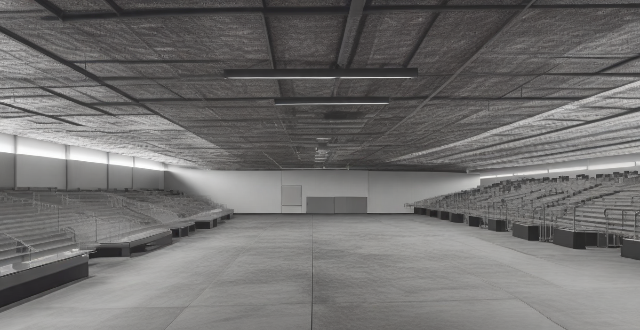
What are the challenges faced by architects while designing a sports venue ?
Designing a sports venue is a complex process that involves various challenges. Architects need to consider factors like acoustics, lighting, seating capacity, sustainability, safety, functionality, technology integration, and budget constraints. They must balance reverberation time and background noise for optimal sound quality, ensure uniform lighting without causing discomfort to players, maximize sightlines and comfort for spectators, incorporate energy-efficient technologies and materials, plan for emergency access and crowd control, design multipurpose spaces with easy maintenance in mind, integrate advanced technology like scoreboards and Wi-Fi connectivity, and stay within budgetary limits while considering future upgrades or expansions. By addressing these challenges effectively, architects can create venues that provide an exceptional experience for both athletes and spectators.
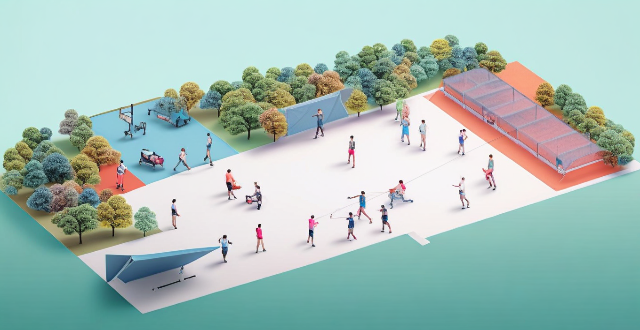
What is the impact of drone technology on sports event coverage ?
Drone technology has revolutionized sports event coverage by providing new perspectives and enhancing the viewing experience. It offers improved visual experiences through aerial shots, enhanced storytelling, increased accessibility to difficult areas, cost-effective solutions, and safety benefits. The use of drones in sports event coverage has made it more engaging and exciting for viewers, while also making production safer and more accessible for filmmakers and broadcasters.

What are some innovative ways sports event organizers have used to engage fans and increase revenue ?
Innovative Ways Sports Event Organizers Engage Fans and Increase Revenue Sports event organizers are always looking for innovative ways to engage fans and increase revenue. This is crucial for the success of their events, as it ensures high attendance rates and maximizes profits. Some of the most effective strategies that have been implemented in recent years include interactive experiences like virtual reality (VR) and augmented reality (AR), mobile apps with live streaming and social media integration, enhanced stadium experiences with Wi-Fi connectivity and unique concessions, ticket pricing strategies like dynamic pricing and season tickets/membership programs, and marketing initiatives like sponsorships/partnerships, targeted advertising, and influencer collaborations. By continuing to explore new ideas and technologies, sports event organizers can ensure the continued growth and success of their events.
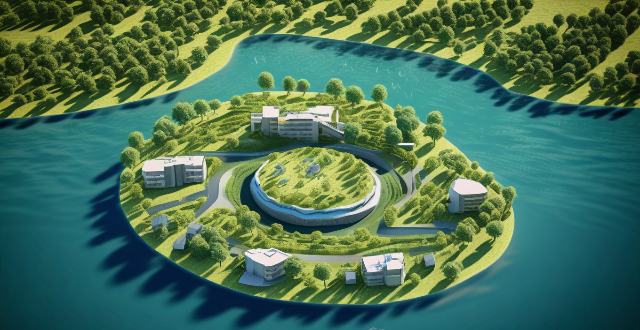
How can sports contribute to environmental sustainability ?
Sports can contribute to environmental sustainability by adopting practices that reduce energy consumption, minimize waste generation, conserve water resources, and encourage sustainable transportation options. These practices include using renewable energy sources, designing energy-efficient facilities, reducing single-use plastics, implementing composting programs, harvesting rainwater, installing water-saving fixtures, promoting public transit and active transportation, and investing in carbon offsetting programs. By incorporating these strategies into their operations and event planning processes, sports organizations can help protect our planet while continuing to inspire people around the world through athletic achievements.
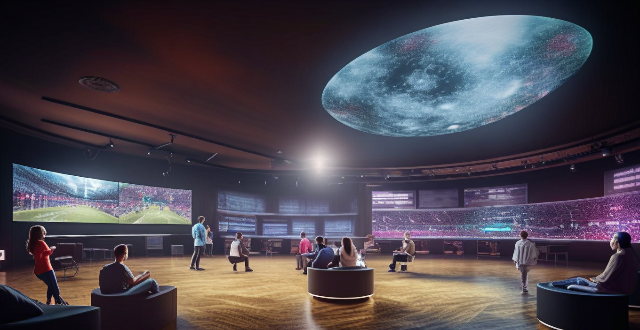
How has augmented reality transformed fan engagement in sports ?
Augmented Reality (AR) is revolutionizing fan engagement in sports by offering immersive experiences that blend physical and digital elements. AR enhances viewing experiences with interactive overlays and virtual seats, enables in-game interaction through team and player interaction and game day activities, boosts merchandise and sponsorship opportunities with interactive ads and virtual try-ons, aids navigation and wayfinding in stadiums, and encourages social sharing through augmented selfies and virtual reality social spaces. These advancements are transforming the way fans connect with sports and teams, creating more engaging and interactive experiences.
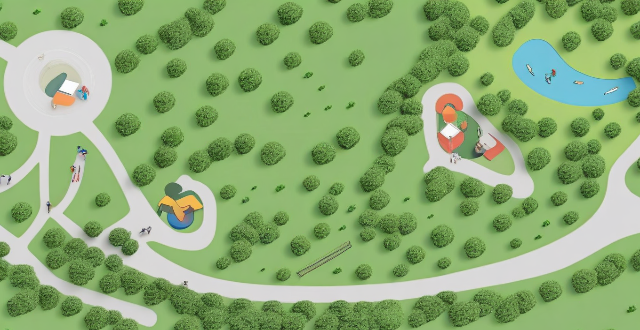
How do public health policies influence the design and accessibility of parks and recreational facilities ?
Public health policies significantly influence the design and accessibility of parks, aiming to promote physical activity, reduce sedentary behavior, and improve overall health outcomes. Key strategies include promoting walking paths, cycling lanes, fitness equipment, sports facilities, natural landscapes, outdoor seating, interactive features, stress reduction, social interaction, environmental benefits, accessible pathways, ramps, braille signage, and inclusive play areas. These policies contribute to creating parks that support the well-being of individuals and communities alike.
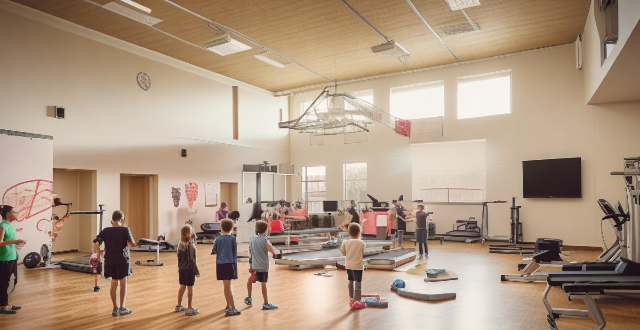
How do sports event organizers balance the needs of athletes, coaches, officials, and spectators ?
Balancing needs in sports event organization is important for the success and enjoyment of all involved, including athletes, coaches, officials, and spectators. Strategies for meeting these needs include providing adequate facilities and nutrition for athletes, suitable accommodation and training facilities for coaches, clear guidelines and safe working conditions for officials, and comfortable seating, food options, cleanliness, and entertainment for spectators. By considering each group's unique requirements and implementing appropriate strategies, sports event organizers can create a successful and enjoyable experience for everyone involved.

How do I recognize a truly exceptional high-end dining experience ?
When it comes to identifying an exceptional high-end dining experience, there are several key factors that set these establishments apart from the rest. Here are some of the most important aspects to consider: 1. Ambiance and Atmosphere: The decor and design should be elegant, sophisticated, and inviting. Seating arrangements should be comfortable and spacious, allowing for privacy and intimacy. Attention to detail is crucial, including things like fresh flowers on the table, high-quality tableware, and attentive service. 2. Quality of Food and Drinks: The quality of ingredients used in dishes is crucial. Look for restaurants that source their ingredients locally and seasonally, and pay attention to how the food is prepared and presented. Creativity and innovation are also important, with chefs pushing the boundaries of culinary arts. A comprehensive wine list with a wide variety of options, including rare and exclusive wines, is another sign of a top-notch dining experience. 3. Service and Hospitality: The staff should be knowledgeable, professional, and friendly. They should be able to answer questions about the menu and provide recommendations based on your preferences. Anticipatory service is key, with the best restaurants anticipating their guests' needs before they even ask. Personalization is also important, with special requests for dietary restrictions or allergies accommodated, as well as recommendations based on individual tastes. 4. Extra Touches: If you're celebrating a special occasion, look for restaurants that offer extra touches like complimentary desserts or champagne toasts. Some high-end restaurants have unique features that set them apart from others, such as private dining rooms, outdoor terraces, or stunning views of the cityscape. Consistency is key when it comes to recognizing an exceptional high-end dining experience, with the food, service, and overall atmosphere consistently excellent every time you visit.
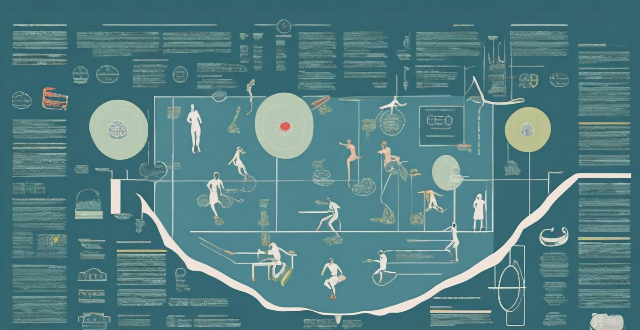
How does the location of a sports venue impact its design ?
The location of a sports venue significantly influences its design, dictating necessary features related to climate adaptation, topography, accessibility, environmental stewardship, community integration, and compliance with local regulations. A well-designed sports venue not only provides an excellent experience for athletes and fans but also respects and enhances its surroundings.

What are the most popular idol groups right now ?
Idol groups have become a significant part of the music industry, with their popularity spanning across different countries and cultures. These groups consist of members who are not only talented singers but also skilled dancers, actors, and models. In this article, we will discuss the most popular idol groups right now: BTS (Bangtan Boys), TWICE, and Blackpink.

How can I make the most of a long layover at the airport ?
How to Make the Most of a Long Layover at the Airport Having a long layover at the airport can be both a blessing and a curse. On one hand, it gives you more time to relax and explore the airport amenities. On the other hand, it can also be boring and frustrating if you don't know how to make the most of your time. Here are some tips on how to make the most of a long layover at the airport: 1. **Explore the Airport** * Visit the Duty-Free Shops: Duty-free shops offer a wide range of products, from cosmetics and perfumes to electronics and souvenirs, often at discounted prices. Take advantage of this opportunity to do some shopping or pick up a gift for someone special. * Check Out the Food Courts: Airport food courts offer a variety of dining options, from fast food to sit-down restaurants. Use this time to try out new dishes or enjoy your favorite meal before your next flight. * Visit the Art Galleries and Exhibits: Many airports feature art galleries and exhibits showcasing local artists and culture. Take a stroll through these areas to learn more about the destination you're visiting or passing through. 2. **Relax and Recharge** * Find a Quiet Spot to Read or Work: Look for quiet areas in the airport where you can settle down with a good book or catch up on work without distractions. Many airports have designated quiet zones or business centers equipped with comfortable seating and charging stations. * Get a Massage or Spa Treatment: Some airports offer massage chairs, spa treatments, and even yoga classes to help travelers relax and rejuvenate during their layover. Check out the airport's website or ask staff for information on available services. * Take a Nap in a Lounge or Sleep Pod: If you need to rest, consider paying for access to an airport lounge that offers comfortable seating, snacks, and beverages. Alternatively, some airports have sleep pods where you can rent a private space to take a nap for a few hours. 3. **Stay Connected** * Use Free Wi-Fi: Most airports offer free Wi-Fi service, allowing you to stay connected with friends, family, and work while waiting for your next flight. Look for signs indicating the network name and password, or ask airport staff for assistance. * Charge Your Devices: Make sure your devices are fully charged before boarding your next flight by using the available charging stations throughout the airport. Some airports also offer portable chargers for rent or purchase if you need extra power. 4. **Stay Entertained** * Watch Movies or TV Shows: Many airports have screens displaying movies, TV shows, and live sports events. Find a comfortable spot near one of these screens and enjoy the entertainment while waiting for your flight. * Download Entertainment Apps: Download apps like Netflix, Hulu, or Amazon Prime Video before your trip so you can stream movies, TV shows, and music offline during your layover. This way, you won't have to worry about using data or finding Wi-Fi connections.

What is the optimal environment for studying effectively at home ?
The provided text offers a comprehensive guide on creating an optimal study environment at home. It emphasizes the importance of choosing a quiet area with comfortable seating and adequate lighting. The text suggests keeping the study area clean, clutter-free, and properly organized with essential materials within reach. It also recommends minimizing distractions by controlling electronics, using do not disturb signs, and scheduling short breaks. Personalizing the space with motivational decor, personal touches, and maintaining a comfortable temperature is also advised. Overall, the text aims to help readers create a conducive study environment that enhances focus and productivity.
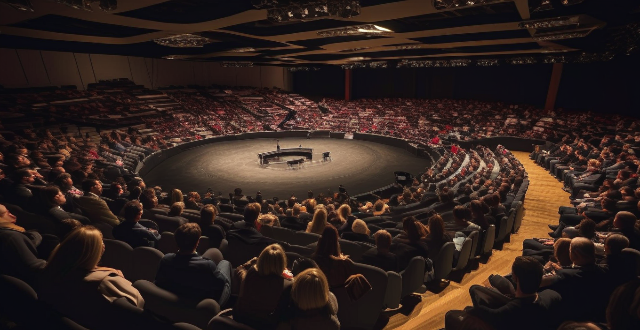
How early should I arrive at an idol concert venue ?
When attending an idol concert, consider pre-concert preparations, venue access, finding your seat, meeting friends, and enjoying pre-show activities. For general admission shows, arrive 2-3 hours early; for reserved seating, 1-1.5 hours before the show. Adjust arrival time based on event popularity and special circumstances.

How has technology changed the way we experience sports ?
Technology has revolutionized the way we experience sports, from enhanced viewing experiences to instant access to information, improved training and performance, and increased fan engagement and interaction. High-definition broadcasts, multi-angle replays, and interactive platforms have made watching sports more immersive. Live score updates and in-depth analysis provide fans with real-time information. Advanced analytics and wearable technology help teams and athletes optimize training and performance. Virtual reality and social media create a sense of community and foster discussions beyond the traditional boundaries of the stadium. Overall, technology continues to shape the future of sports in exciting new ways.

What are some tips for hosting a successful family dinner party ?
Hosting a family dinner party requires careful planning and attention to detail. Here are some tips for ensuring your gathering is a success: 1. **Preparation**: Plan the menu considering dietary restrictions, balance flavors, and prepare in advance. Set the table with a theme, wise seating arrangement, and decoration. Create a playlist that suits the mood and control the volume. 2. **On the Day**: Start early, delegate tasks, and keep food warm. Create a warm and inviting atmosphere with soft lighting and set the table early. Enjoy yourself by being present and engaging with guests. 3. **After the Party**: Simplify cleanup with disposable options and team cleaning. Send thank you notes or messages to express gratitude for attendance and help. By following these tips, you can host a family dinner party that is enjoyable for your guests and manageable for you as the host. The key is preparation, organization, and keeping the focus on creating a warm and welcoming environment where family connections can thrive.
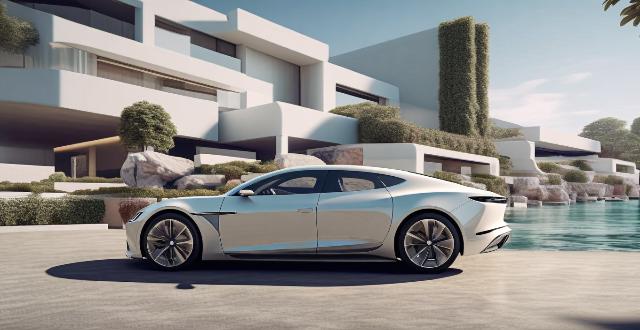
How has the design of CHEVs evolved over the past few years ?
Over the past few years, Chevrolet (CHEVs) has made significant strides in the design of its vehicles, reflecting advancements in technology, shifts in customer preferences, and an increased focus on sustainability. Key changes include a sleek and modern exterior, advanced technology features such as touchscreen infotainment systems and smartphone integration, eco-friendly design principles like lightweight materials and hybrid or electric powertrains, comfortable interiors with ergonomic seating and quality materials, and safety features including airbags, electronic stability control, and lane departure warning. As CHEVs continue to push the boundaries of automotive design while prioritizing the needs and safety of their customers, it will be exciting to see how they innovate and adapt in the future.
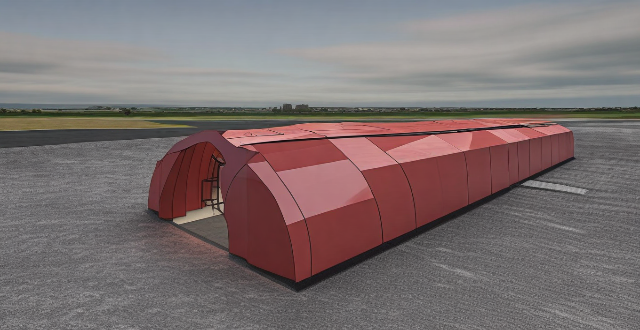
How do sports event organizers manage logistics such as transportation, accommodation, and catering for athletes and officials ?
Managing logistics for sports events involves transportation, accommodation, and catering for athletes and officials. Sports event organizers arrange airport transfers for athletes and officials arriving from different locations and provide shuttle services between the event venue, hotels, and training facilities. They also allocate sufficient parking space near the event venue and collaborate with local authorities to enhance public transportation options during the event. For accommodation, they negotiate group rates with nearby hotels and book rooms in advance for athletes and officials, considering their preferences such as single or double occupancy rooms, smoking or non-smoking rooms, and special dietary requirements. They also provide information about nearby hotels and their availability on the event website or through a dedicated hotline and establish partnerships with hotels to offer discounted rates to spectators attending the event. In terms of catering, they create meal plans tailored to the nutritional needs of athletes and officials, address any dietary restrictions or allergies by offering customized meal options, set up concession stands at strategic locations within the event venue to cater to the needs of spectators, and provide catering services with a wider selection of food and beverages for premium seating areas or VIP lounges. Overall, managing logistics for sports events requires careful planning, coordination, and execution to create a seamless experience for all involved parties.